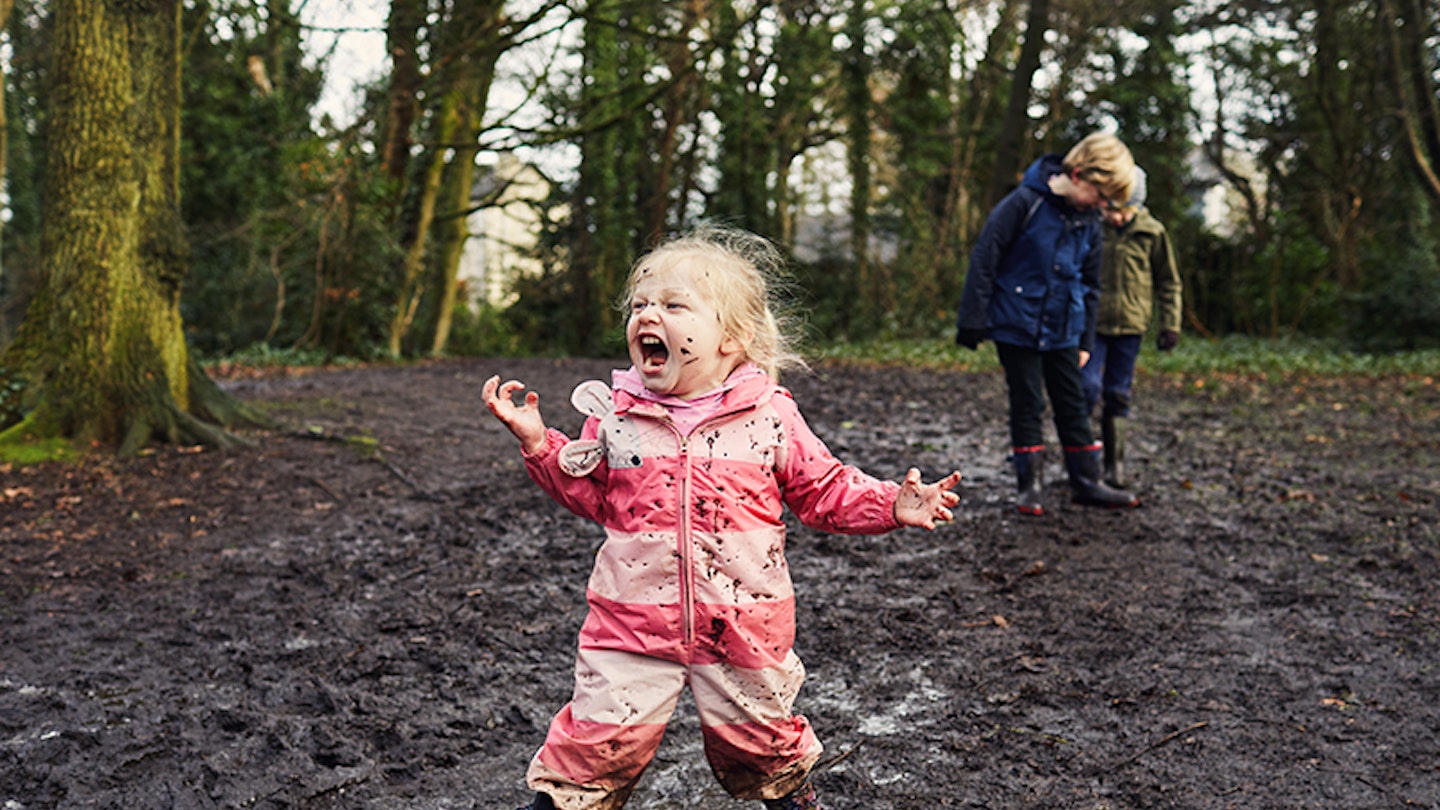Positive parenting will help you raise a capable, well-behaved child, and make you a happy mum. Result! Using positive parenting aims to encourage better behaviour for their whole childhood.
What is positive parenting?

The roots of the movement go back to the early 1900s and the work of an Austrian psychologist called Alfred Adler.
He believed that children have a deep-seated need to feel connected to others and that when they do they are less likely to misbehave.
An American counsellor, Dr. Jane Nelsen, used this research to create an approach to parenting called Positive Discipline.
This says that when children make mistakes they should be responded to in a way that:
-
Is kind and firm at the same time, so it’s respectful and encouraging.
-
Helps children feel a sense of belonging and of being significant.
-
Is effective long-term. Punishment may be effective in the short-term, but not in the long-term.
-
Teaches valuable social skills, such as respect and concern for others.
-
Invites children to discover how capable they are and how to use their abilities in a constructive way.
Respect and ground rules, having empathy, problem-solving, turning negatives into challenges and encouragement form the cornerstones of the positive parenting movement.
You can start being a positive parent from the moment your baby is born, and she will naturally learn these skills as she grows.
By understanding her feelings, you will be able to fulfil her needs as well as your own, and so remove the cause of what might otherwise turn into unwanted behaviour.
However, you can also introduce these methods at any point, whatever your child’s age.
Using them, you can help her understand why she’s feeling upset and find better ways to handle a situation. That way, she’ll start to use constructive ways of dealing with her own emotions – and life will get much easier for everyone.
Positive parenting in action
Click below to jump to the section of the article and find out more, or simply scroll down!
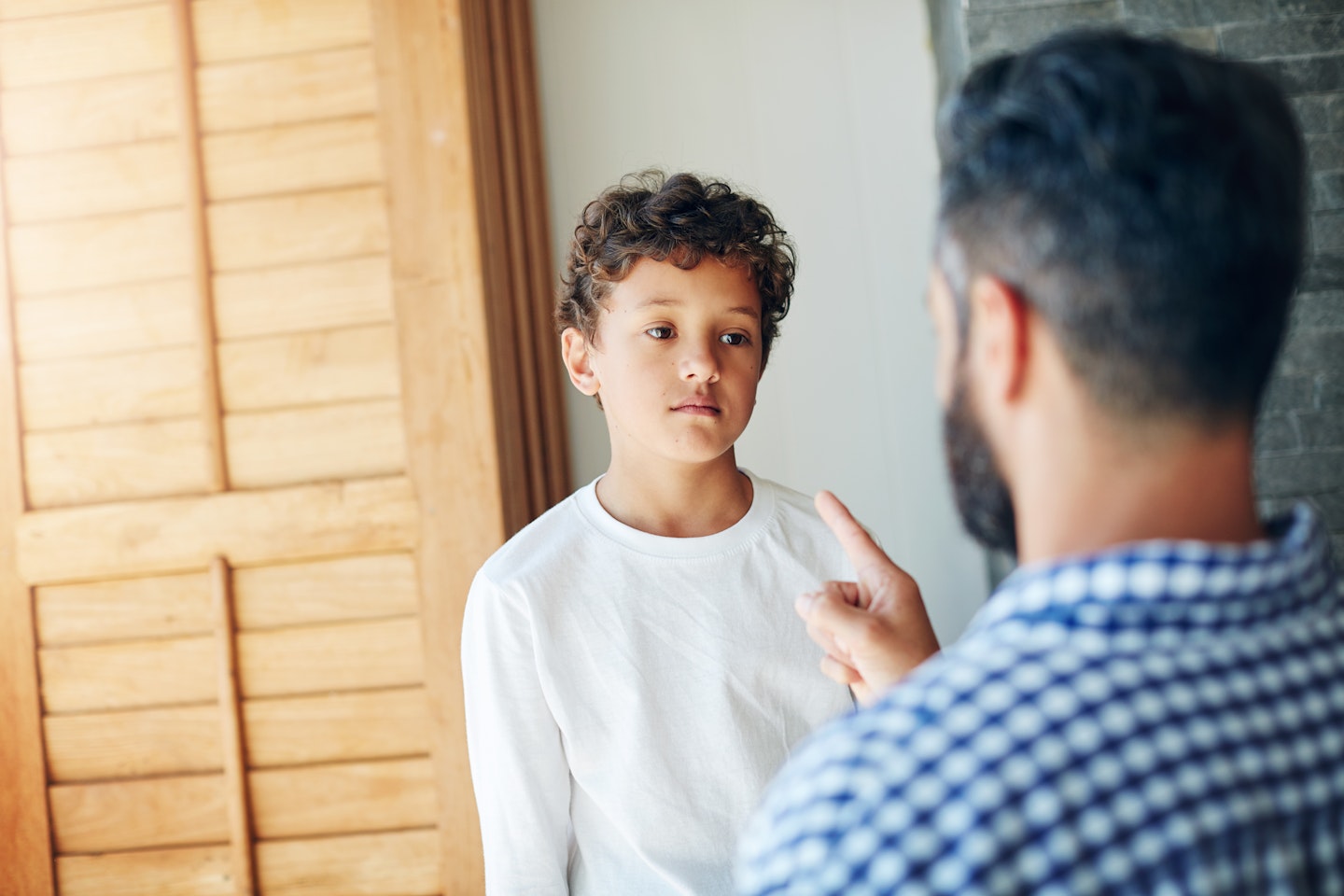
One of the most important words within the positive parenting approach is ‘respect’.
This works both ways: it’s about parents having respect for their children and children learning respect for others.
‘It’s also vital for children to have boundaries,’ says Amy.
‘Families need to have rules and children need to be clear about what those rules are, from a very early age, because that gives them structure and routine.’
It’s best to have between three and five simple rules that you consistently apply.
‘Choose whatever is most important to the way you wish to bring up your children,’ says Amy.

For example, the rules applied could be:
-
We share all our toys.
-
Bedtime is at seven o’clock.
-
We always say ‘please’ and ‘thank you’ when we want, or are given, something.
If you set these boundaries from the start, then your baby won’t question their existence.
Adapt them as she grows, but don’t be scared to introduce new boundaries to a toddler or pre-schooler.
‘Apply these rules consistently and you’ll soon find your children don’t fuss about complying with them because they will just become routine,’ says Amy.

This cornerstone is all about helping your child to understand that there is a difference between how we feel about something, and how we behave when we have those feelings.
There will be times when your child feels furious or upset, but she needs to learn that it’s not OK to behave badly because life hasn’t worked out the way she wanted.
That’s a hard lesson for anyone to learn, let alone a toddler.
‘It helps if you can see beyond your child’s behaviour and understand the feelings that prompted it,’ says Amy.
‘Show her that you understand how she is feeling, and this will help her enormously. It will help her to calm down.’
So if she’s howling because she didn’t get a sweet, simply say, ‘I know you feel angry because you wanted a treat. Do you need a hug?’
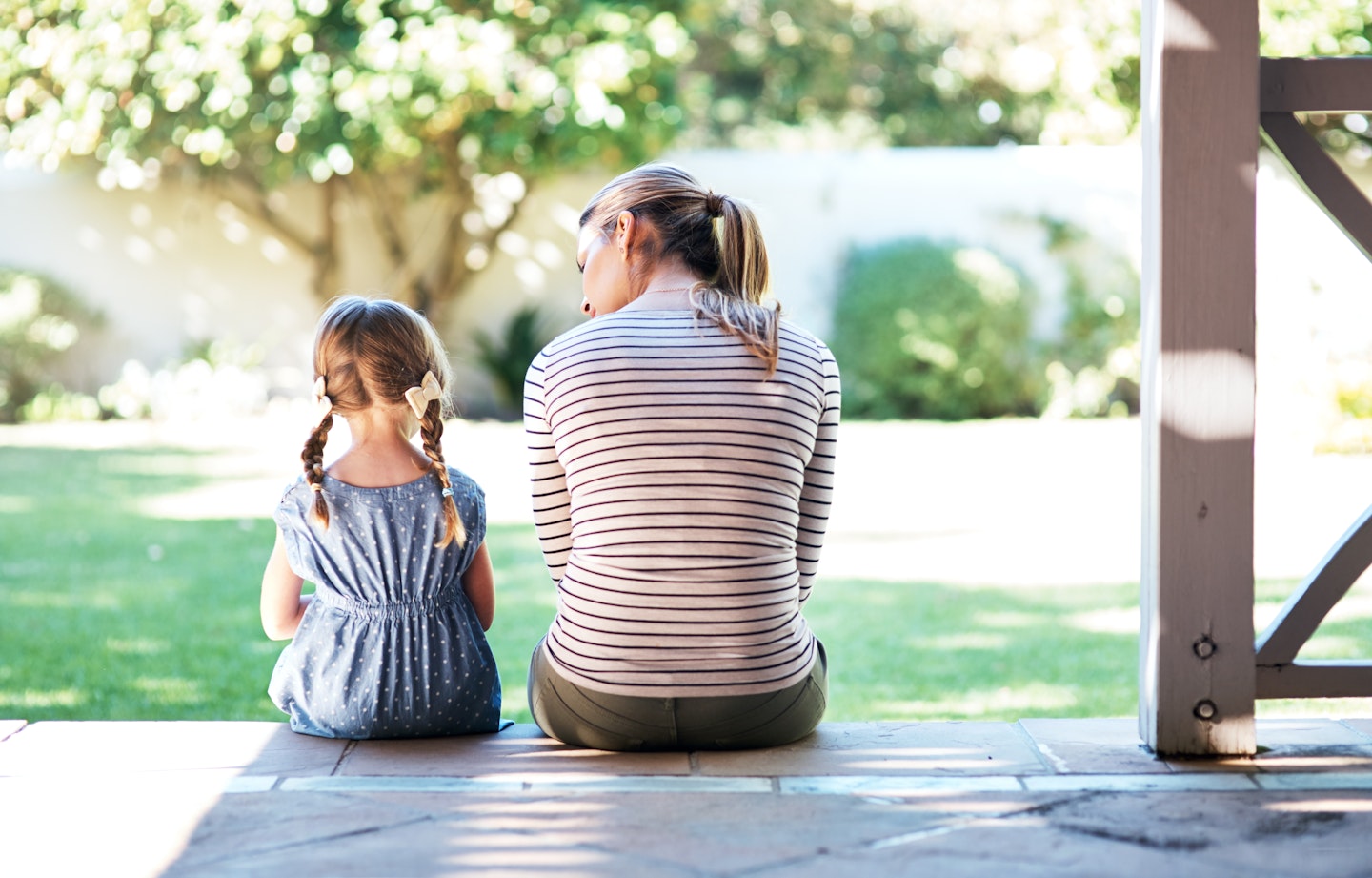
Start empathising with your baby from the beginning. Acknowledging her feelings helps her develop her emotional intelligence.
Say, ‘I know it feels cold when I change your nappy.’
Acknowledging what she’s experiencing will also help her to learn that it’s normal, and OK to feel it.
And as she learns about her emotions, they’ll become far easier to manage – even overwhelming ones.
Be aware that in some situations, your child may withdraw or refuse to co-operate with you.
But the starting point is exactly the same: try to understand how she’s feeling, and tell her you are there for her.
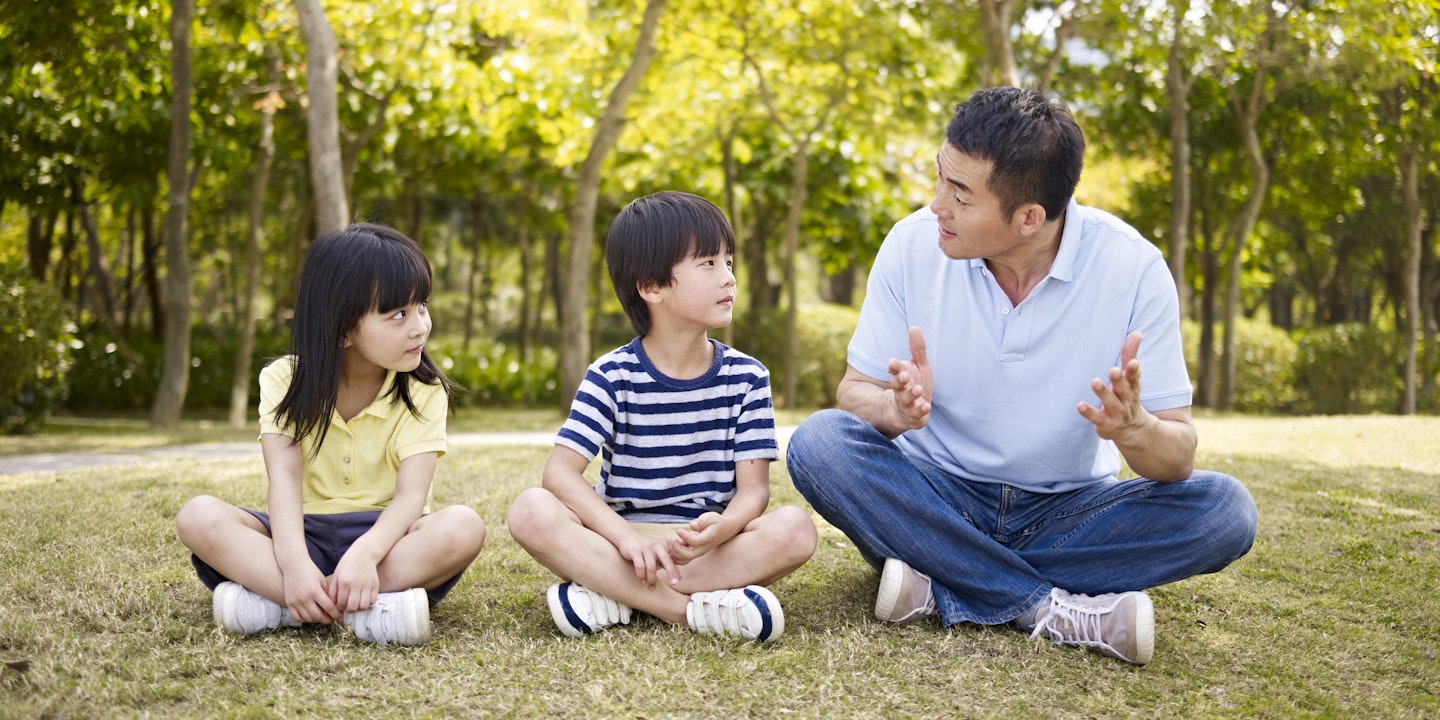
We all go through life encountering situations that can make us feel negative emotions.
What we need to teach our children is how to handle those situations.
And the way to do that is to teach them to start figuring out solutions to problems and how to handle confrontation.
‘When everyone’s calm, talk about how a tricky situation could have been handled well,’ says Amy.
‘You could say, “Instead of hitting out at people, use words to say what you want.”’
Don’t underestimate how early your little one can start to understand this positive approach.
She might not be old enough yet to suggest a solution herself, but she’s old enough to be involved in the solution-finding process, even if all she can contribute right now is a smile of agreement.
If there’s more than one child involved in an incident, take the opportunity to turn it into a wider discussion.
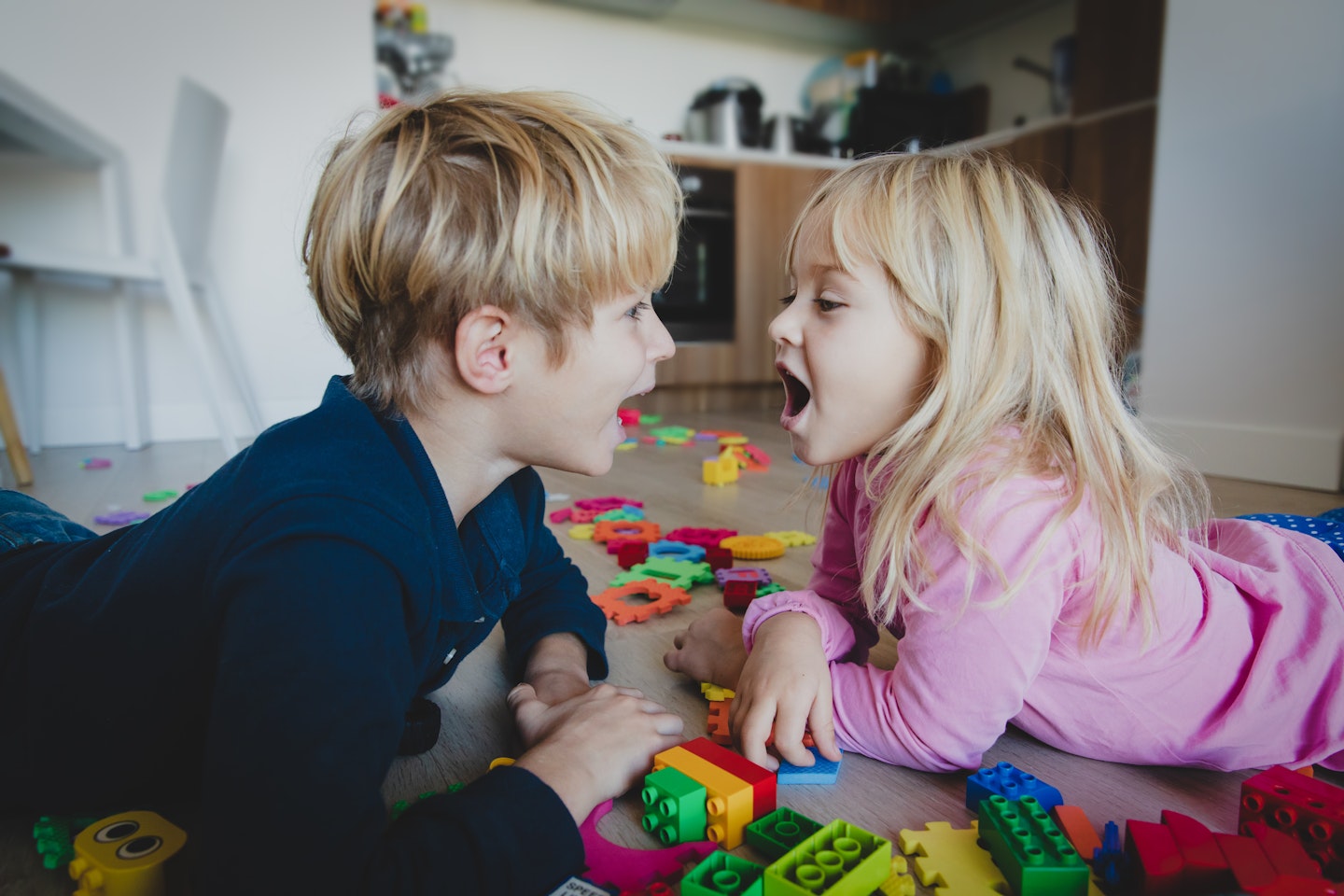
For example, if two of your children have been squabbling over a toy, once they’re calm, ask one child to tell the other how the situation felt for her.
Then ask the other to do the same or, if she’s too young, ask her if she’s feeling a certain way. Then work together to think of a good solution to the problem.

‘Children want security but they also want control,’ says Amy.
‘Negative behaviour often occurs when a child is trying to make her own choices but is being thwarted.’
To give your child a sense of control, say ‘yes’ as often as you can when your child makes a suggestion.
If you have a young baby, then this is a great habit to get into from the start.
Your child doesn’t need to be able to talk for you to understand her needs, and say ‘yes’ to them.
For example, say, ‘That’s a big yawn, you must be telling me you’re ready to have a nap. Let’s go upstairs.’
The other change that makes a big difference is, whenever possible, to give your child a choice between two options you’re happy with, such as, ‘Shall we read this book or that book together?’ and encourage her to reach out for what she wants.

As she grows older, you will have to get creative to say ‘yes’, such as when you’re getting ready to go out, but your child wants to play trains.
Instead of saying ‘no’, you could say, ‘Playing trains sounds like a brilliant idea.
We’ve got to go and see Nan now, but shall we play trains when we get back or tomorrow?’
This acknowledges your child’s feelings and allows her some control because you have agreed to do what she wants to do, and are even giving her a choice about when to do it.
Using a naughty step or ‘time-out’, on the other hand, turns such a situation into a power struggle, and takes control away from your child.
Positive parenting is about encouraging your child to find ways of behaving that are constructive.
There are various techniques – which work brilliantly on babies – that can help to encourage good behaviour and make it a habit.
For toddlers, they can avert all manner of impending meltdowns. And, if your tot is already acting up, they can help to calm her.
Put the following four methods in your toolkit:
good behaviour
 1 of 4
1 of 41) Distraction
When you sense a power struggle about to begin, or a tantrum erupting, distract your child.
If she’s still a baby, simply pointing out something for her to look at works.
Or try opening a picture book and read it aloud. As she gets bigger, it’s harder to distract her, but opening a book is still effective.
Another successful distraction technique is to do something surprising.
Do a funny dance, blow a raspberry on her tummy, or pull a funny face. This will change the energy between you, and soften any anger she may be feeling.
 2 of 4
2 of 42) Preparation
Talking to your child about what’s about to happen will help her to feel in control. For example, maybe you’re having a night out.
Explain what you’re going to do, with whom, and who will be looking after her, and where. So tell her that you’ll put her to bed, but then Aunty Sophie will come round and be in the house to look after her, while you go to the cinema to watch a film with Daddy.
Add that while she’s asleep, you will come home and go to bed just the same as you always do, and that Aunty Sophie will go home.
Doing this, even with a young child, will help your little one feel confident about what’s happening, which allows her to accept it. It also makes her feel important and part of the family, because she knows what’s going on.
 3 of 4
3 of 43) Delegation
If a power struggle is developing around a particular situation, such as doing the weekly shop, give your child an important job to do that helps get the task done so you both have a fun and positive experience.
At the supermarket, ask her to pick small, unbreakable, packets off the shelves, and show her how to weigh fruit, so she’s involved in the process.
 4 of 4
4 of 44) Positive behaviour role-play
Do this when your child is calm, perhaps with her teddies.
Let the teddies get ‘emotional’, and help her to suggest solutions that might work.
Then role-play a suggestion. This is a great way to deal with a situation that your child has found difficult – but do the role-play later, or the next day, when everyone’s calm and relaxed.
Meet the expert: Amy McCready, founder of Positive Parenting Solutions, and the author of The Me, Me, Me Epidemic – A Step-by-Step Guide to Raising Capable, Grateful Kids in an Over-Entitled World.
Now read:
Make sure you're following Mother & Baby on Instagramfor relatable memes, inspiring stories and parenting hacks!
Subscribe to Mother&Baby magazine for expert tips, must-have products and invaluable advice for mums, delivered straight to your door.
Whether you’re planning your new baby essentials shopping list, giving friends and family gift ideas, or planning for your baby shower, the Amazon Baby Wish List allows you to keep track of all your shopping ideas in one place.Click here to start yours today!
